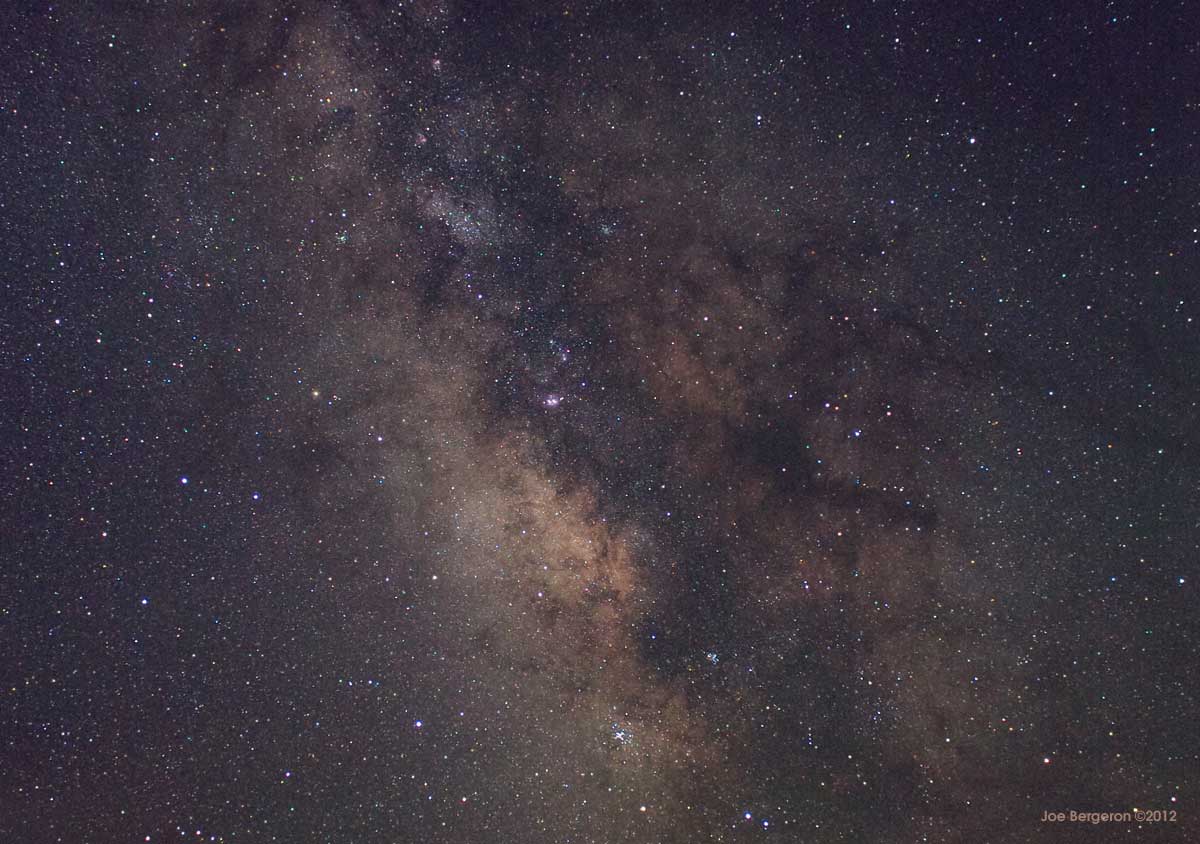Vive la grande nation de France, Vive le peuple de Paris.
Progress towards deep space habitats
NASAspaceflight.com has an very interesting article on NASA's recent review of progress towards developing next gen habitats for astronauts (title link). These could be used on Lunar and Mars missions, expanding the International Space Station, or building new research facilities in near Earth space. A few highlights are:
- 78% Of their milestones (many of which involved building actual hardware) were met.
- In January next year Bigelow aerospace will launch its BEAM inflatable habitat, which will become an extension to the ISS.
- Four companies – Lockheed Martin, Bigelow, Orbital ATK, and Boeing – were awarded contracts to address habitat concept development for the Next Space Technology Exploration Partnerships (NextSTEP) initiative, which is seeking concepts for the next generation of space habitats.
- Bigelow already has a design - the B330 - which it hopes to demonstrate will suit long term human spaceflight.
 |
| Above: Bigelow Aerospace's BA330 habitate. Courtesy of Bigelow aerospace. |
Doug Litteken, a NASA engineeer, discusses the importance of using inflatable structures for a human mission to Mars
Oldest surviving stars in our galaxy seen
The elements that go into making up, well, this planet and everything we see around us, had their origins in the deaths of massive stars. Those early supernova acted as nuclear forges, creating heavier elements in a universe that was originally made mainly of hydrogen and helium gas. That makes spotting the oldest stars in our own galaxy - which could teach us the most about the earliest days of our universe - fairly easy in theory: We just need to look for stars with little or no heavier elements. In practice - not so easy - our galaxy contains 200 billion stars, and survivors from the most ancient eras will be scattered thinly between them.
So it's quite an achievement for an international team of astronomers to have discovered what may be only the second generation of stars to shine, huddled near the core of our galaxy
 |
| Above: The centre of our galaxy, as seen from Earth. Courtesy of Joe Bergeron. |
Wormholes may form naturally
This is a theory and math heavy paper, and to be honest a lot of the detail is beyond my understanding. That said the upshot of it is fairly clear: According to some theories describing gravity, black holes might not just crush everything in their centres, but instead may naturally form wormholes - passageways through spacetime. Although wormholes are strictly theoretical, they offer the possibility of circumventing the light speed speed limit by allowing shortcuts, through distorted space-time, to distant parts of the universe.
This is definitely a theory only, and I have no idea how it might ever be proved. But the implication would be that our universe is full of naturally occurring shortcuts through space - so in case it does one day pan out, you heard it here first folks.
 |
Rather than take the long route across space (pink line), a wormhole allows a shortcut through space and time (blue funnel) (Detlev van Ravenswaay/SPL)
|
Mysterious object WT119F probably was artificial - but now it's dust!
For a while now an mysterious but unidentified object, designated WT1190F, has been nearing a collision with Earth. Late this week it finally hit our atmosphere, and a multinational team of observers took to the skies in a specially prepared aircraft to follow it's fiery demise. The pattern of the objects breakup strongly suggests that this was an artificial object, possible part of an old Moon mission, although we may never know exactly what it was. The video below follows the team that took to the skies to follow it.
Amazing view of Marathon Valley
Based on the images taken by the Opportunity Mars rover, this is a simply stunning view down Marathon valley on Mars. The overall image was stitched together, and accurate colours added, by James Sorenson.
Winter hits Titan with vengeance
After a warmer than usual autumn we had our first blast of winter here in Scotland yesterday, with snow, high winds, and flooding (I do love this country). But that's nothing, compared to the winters on Saturn's moon Titan. lasting for seven and a half earth years, the temperatures can drop to minus a hundred and fifty degrees Celsius, and NASA's Cassini mission has now found that a truly monstrous cloud of ice particles is settling over titan's south pole as winter hits: The cloud already covers most of the immediate polar region, and towers to 200 kilometres in height.
Of course, the Cassini team are fascinated; “Titan's seasonal changes continue to excite and surprise," said Scott Edgington, Cassini deputy project scientist at NASA's Jet Propulsion Laboratory (JPL) in Pasadena, California. "Cassini, with its very capable suite of instruments, will continue to periodically study how changes occur on Titan until its Solstice mission ends in 2017.”
 |
| Above: The massive ice cloud sits over Titan's south pole. Image courtesy of NASA. |

No comments:
Post a Comment